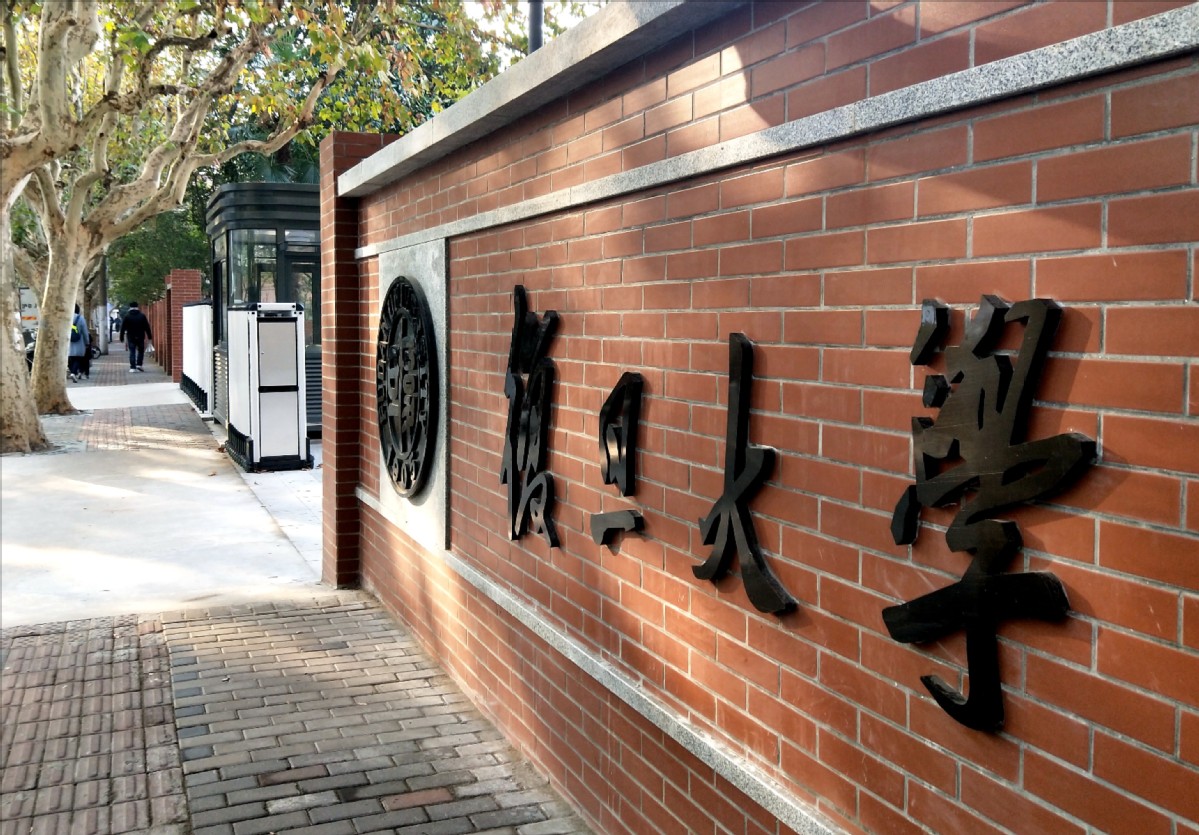MNS-93050KQV 부직포 헤드와 ABS 손잡이가 있는 구강 면봉
2022-02-28

상하이 푸단대학교 한단 캠퍼스 사진, 11월 14, 2018. [사진/IC]
상하이 푸단대학교 연구진이 4분 이내에 새로운 코로나바이러스 핵산을 검출할 수 있는 방법을 고안했다., 현재 국내에서 사용되는 방식보다 훨씬 빠르다..
연구팀은 새로운 접근 방식이 매우 민감하며 작은 크기를 사용한다고 말했습니다., 휴대용 장비.
폴리머 라제 연쇄 반응에서 핵산 시험은 중국에서 널리 사용되는 바이러스를 탐지하여 Covid-19를 유발합니다., 형광 신호는 샘플이 양성인지 여부를 보여줍니다. 충분한 강도의 형광 신호를 얻는다, 샘플의 핵산을 추출하고 증폭해야합니다., 전체 테스트 프로세스에는 2 시간 이상이 걸립니다..
하지만, 새로운 방법에서, 분자 전자 기계 시스템을 갖춘 트랜지스터 감지 칩은 바이러스의 빠르고 초음파 전기 기계적 탐지를 완료 할 수 있습니다.’ 샘플링되지 않은 샘플에서 리보 뉴클레 산, 시간을 절약합니다.
Wei Dacheng, 이 방법을 고안 한 팀의 주요 연구원, 그들은 바이러스의 화학 신호를 변환했다고 말했다’ 전기 신호로의 핵산.
“트랜지스터의 전도 채널은 반도체입니다,” 그는 말했다. “반응이 채널에서 발생하는 경우, 한편으로, 트랜지스터는 화학 신호를 전기 신호로 변환합니다, 그리고 다른 쪽, 이러한 신호를 증폭시킬 수 있습니다.
“따라서 반도체와 상호 작용하는 적은 수의 핵산이있을 때, 도핑 효과로 인해 트랜지스터에서 거대한 전하 운송 업체가 생성됩니다.. 현재의 변화를 감지 할 수있는 한, 우리는 샘플에서 Covid-19 바이러스의 존재를 결정할 수 있습니다.”
연구에 관한 논문, Fudan의 거대 분자 과학과가 공동으로 수행했습니다, 다른 기관의 폴리머 및 전문가의 분자 공학의 주요 주요 실험실, 2 월 자연 생물 의학 공학 저널에 출판되었습니다. 7.
팀은 트랜지스터가 이전에 이온을 감지하는 데 사용되었다고 말했다., 생물학적 분자 및 자유 라디칼, 그러나 고감도 소설 코로나 바이러스 탐지의 요구 사항을 충족시키기 위해 트랜지스터 센서의 성능을 크게 향상 시켰습니다..
“우리 팀은 자유 라디칼의 탐지를 위해 트랜지스터를 사용했습니다., 그러나 SARS-COV-2 핵산의 농도는 주변보다 낮습니다. 10 규모의 순서,” Wei가 말했다. 그는이 연구가 여전히 실험실 단계에 있으며 임상 적용에 참여하기 전에 다른 실제 환경에서 안정적인 성능을 보장하기 위해 추가 임상 검증이 필요하다고 말했다..
원천: 차이나 데일리
















